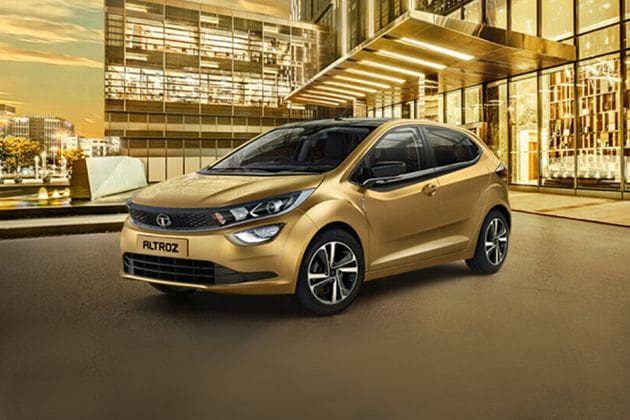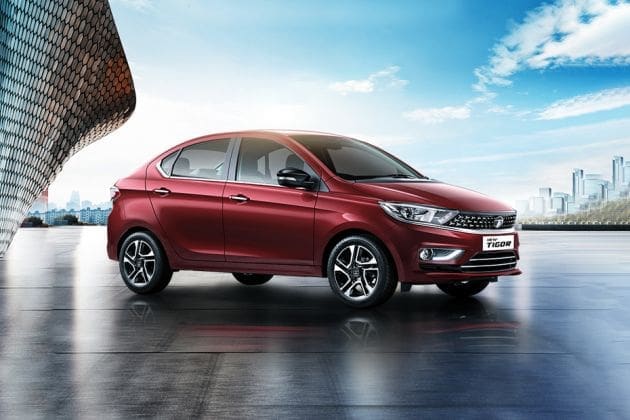Tata Motors all set to roll out a strong product offensive at the Auto Expo 2020


Tata Motors Ltd (TML) is betting big on passenger vehicles (PVs) to lead its turnaround plans as it transitions to Bharat Stage 6 emission norms. The move to BS 6 will give the company ‘a much more powerful play’ in the domestic market during the next fiscal, Guenter Butschek, managing director and chief executive officer, Tata Motors, said.
“With the new range of products, including upgrades for BS 6, I am very confident that March 2020 would be the turning point. If this gets support from the tailwinds, we will get back to the previous growth path," Butschek said at a press briefing in Mumbai on Thursday.
Also check these Vehicles
He was referring to Tata Motors’ new product pipeline, including the company’s ambitious electric vehicle plans. Butschek said the company plans to unveil 26 products at next month’s Delhi Auto Expo in February, including the 14 new commercial and 12 new passenger vehicles. “It will be the biggest display of new vehicles. We also plan global unveils of four new vehicles," he added.
Butschek termed the transition to BS 6 as ‘the single biggest engineering and investment effort ever’ put in by Tata Motors. He said a team of 3,500 engineers worked on BS 6 projects, upgrading over 20 engine platforms, 100 lead vehicle models and 1,000 variants. Tata Motors invested more than ₹1,200 crore in FY19 and hired 500 additional engineers for the process, he added.
“We are putting the house in order; our turnaround story in PVs and CVs is inspiring in terms of cost reduction. We have been able to reduce our breakeven point during the tough times. This is a clear proof that we have done our homework. We have made our investments and now we need the volumes." One key step was to bring down product development costs in its common vehicle architecture, which would form the base for several upcoming models. In PVs, it has developed uniquely flexible vehicle platforms, code-named Alpha and Omega, which would power up to 12-14 new nameplates in the near- to mid-term. The new premium hatchback Altroz is going to be the first model from its Alpha architecture. The two modular platforms will also power the range of electric cars planned by the company, senior officials had previously said.
“We remain cautiously optimistic while estimating that the market would recover by H2 FY21, once the BS 6 transition is behind us," Butschek said.
In the quarter ended December 2019, Tata Motors reported domestic sales of 85,109 units of commercial vehicles (CVs), down 22% year-on-year (y-o-y); and 36,354 units of PVs, falling 27% y-o-y.
However, Butschek said December saw marginal improvement in retail sales. “We are seeing marginal improvement in retails. Market was basically flat YoY in December, but if we compare the performance with previous months, it was an improvement."
Meanwhile, for CVs, revenue from which were over four times the revenue of PVs, Butschek said absorption of excess freight-carrying capacity could take up to five years, thereby hampering demand from the truck fleet owners across the country. Introduced in July-August 2018, the new axle load norms raised the permissible gross vehicle weight (GVW) of over 16 ton heavy trucks by about 12-25%, thereby creating excess carrying capacity for fleet operators.
A good vehicle scrappage policy could help reviving the demand for CVs in the near term, said Butschek.







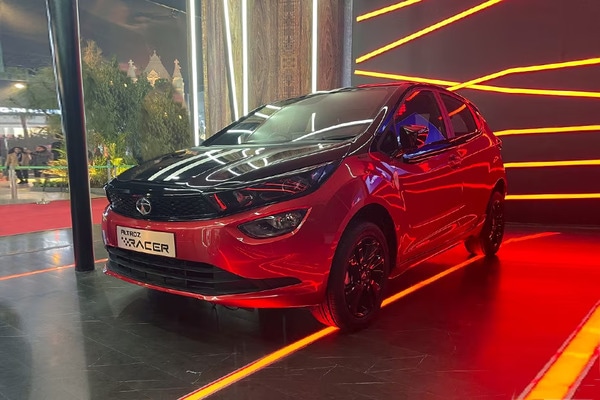
 1198.0 cc
1198.0 cc Petrol
Petrol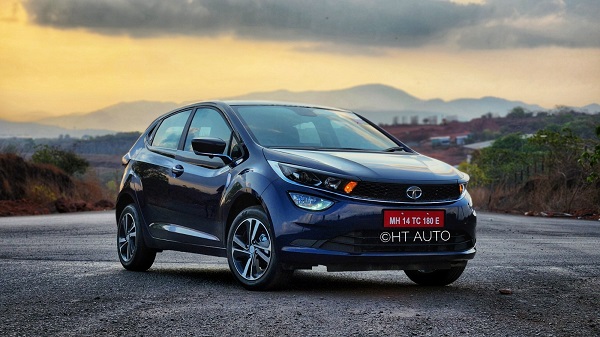
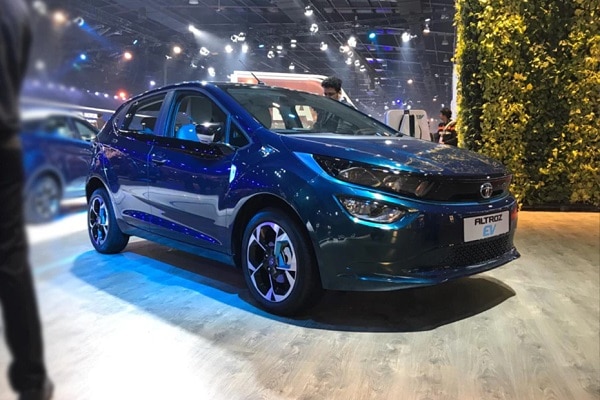
 26 kWh
26 kWh 306 km
306 km